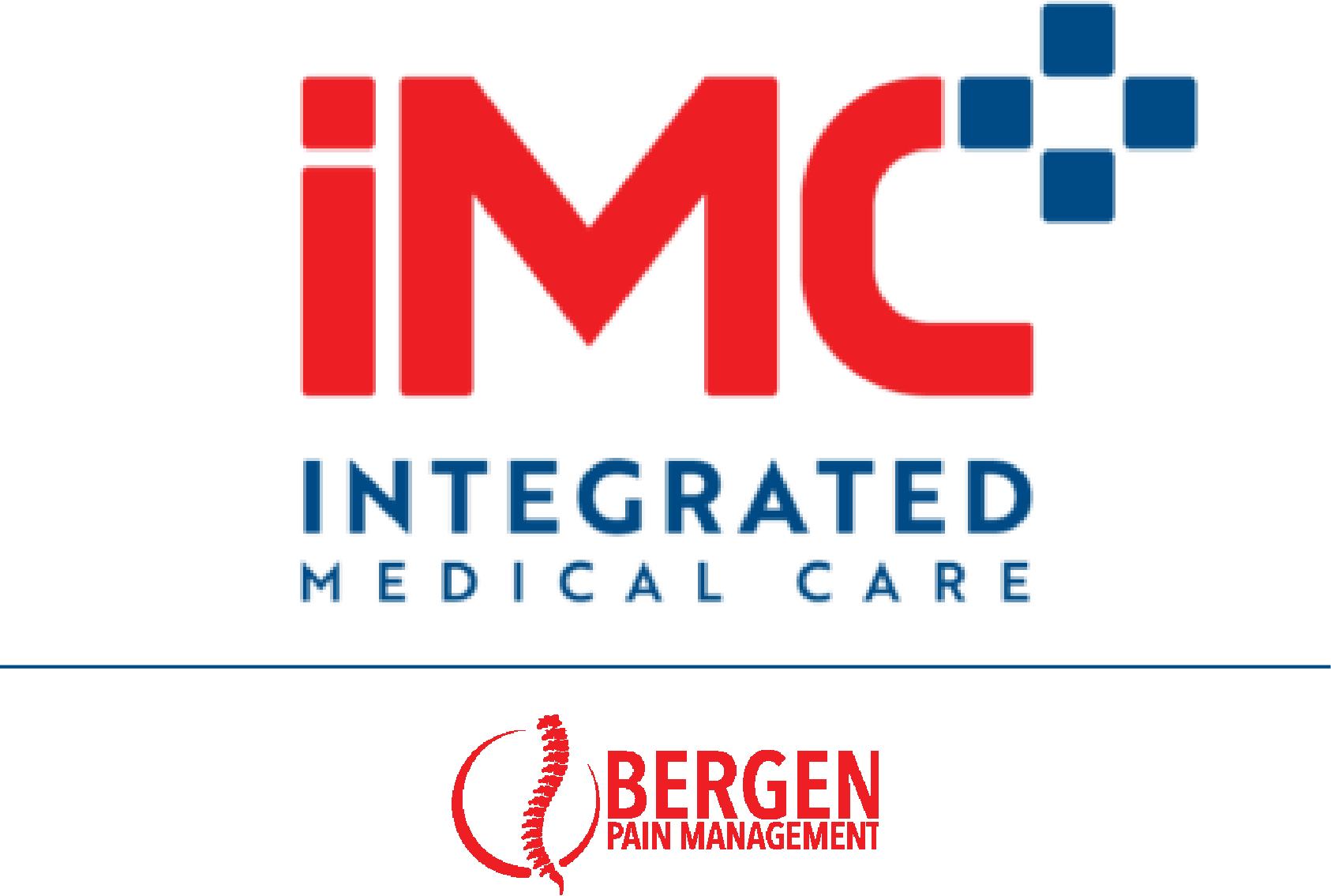Spinal cord stimulators (SCS) are implantable devices used to manage intractable and persistent pain and involve low-voltage current intended to block nociceptive input.1 Spinal cord stimulators have been shown to be safe and effective for persistent pain conditions, including spinal pain and complex regional pain syndrome.2–6
Safety concerns exist for patients with implanted SCSs and the use of magnetic resonance imaging (MRI) due to the magnetic field interfering with the device and its functionality. For example, one concern is that the magnetic field may alter the position of the device and/or accelerate the device into the bore of the magnet, causing severe damage to patient tissue. Also, the radiofrequency current may lead to heating of SCS, resulting in thermal and/or electrical burns to the patient and potential device malfunction. Another concern is that the presence of the device may affect the quality of the image(s) depending on the location of the image relative to the device. If the goal of the MRI is to evaluate areas in which to potentially intervene, image quality is of obvious importance.7,8 Although individual studies have reported safety outcomes, no consensus guidelines exist on how to safely perform imaging of patients with various implanted SCS. Rather, manufacturers provide device-specific guidelines, but these guidelines vary on whether or not MRI is contraindicated, and which parts of the body are considered safe to image. For example, some devices have been
developed to allow for full body scans while others allow only for head scans. In some devices, MRI may be an absolute contraindication and in others, safety has yet to be determined. De Andres et al9 described the frequency and type of adverse events associated with a single manufacturer and reported that in 31 patients with SCSs who underwent MRI, seven reported events ranging from feeling stimulation during the MRI and increased thermal sensations at the lead sites. Others have reported on SCS-related adverse events but not necessarily related to MRI.10
On-label versus off-label MRI in patients with SCSs is a related concern and one that has not been widely explored. Patients post-laminectomy syndrome or with failed back surgery syndrome (FBSS) are the most common historical indication for SCS therapy and are among those that may require repeat imaging.11,12 Prior to 2012, all spinal cord stimulation systems were not considered “on label” for MRI use. Spinal cord stimulator models, including Precision, Protégé, and Eon Mini systems, were excluded for MRI. In 2012, the Medtronic system gained MRI conditionality. As newer generation implantable pulse generators (IPGs) have gained MRI conditionality, some of these are specific only for head or extremities. Others require specifications inherent to the leads, such as normalized impedance values or placement within a particular anatomical region, T7-T12.
Given the limited information available regarding MRI conditionality in patients with SCS, the purpose of this case series is to describe the frequency and type of long-term adverse events associated with off-label MRI use in patients with SCSs.

